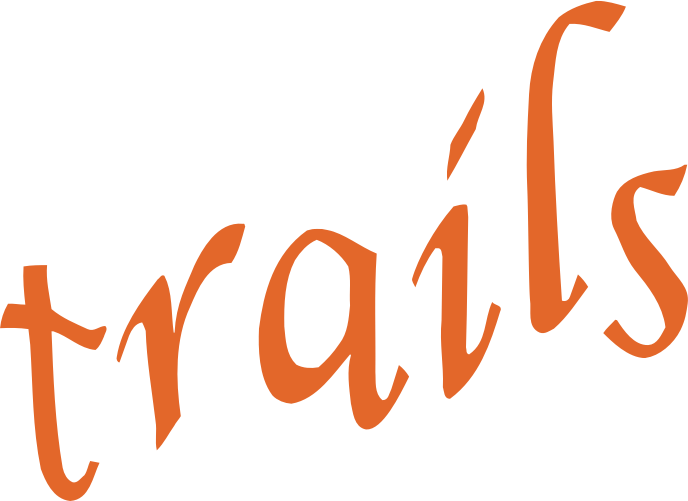-
measure Early Adolescent Temperament Questionnaire (EATQ)
Study: TRAILS Mode of collection: SelfAdministeredQuestionnaire Available measurements: Population cohort POP - T1 POP - T3 POP - T4 POP - T5
Clinical cohort CC - T1 CC - T3 CC - T4 CC - T5The Early Adolescent Temperament Questionnaire (EATQ) is designed to specifically tap experiences common to adolescents, and is available in self- and parent-report formats. It assesses temperament and self-regulation via adaptation of scales used in studies of children and adults. It has 10 subscales: Activation Control (the capacity to perform an action...Created June 5, 2024 • Updated June 20, 2024 -
measure NEO Personality Inventory (NEO-PI-R)
Study: TRAILS Mode of collection: SelfAdministeredQuestionnaire Available measurements: Population cohort POP - T3 POP - T5
Clinical cohort CC - T3 CC - T5The NEO Personality Inventory (NEO) is a personality inventory that assesess different dimensions of personality. Most versions focus on the Big Five personality traits Neuroticism, Emotional Stability, Extraversion, Openness to Experience, Agreeableness, and Conscientiousness. Different versions are available that differ in number of items and sub scales.Created June 5, 2024 • Updated June 20, 2024 -
measure Strengths and Difficulties Questionnaire (SDQ)
Study: YOUth Mode of collection: SelfAdministeredQuestionnaire Available measurements: Baby and Child 3 years 6 years
Child and Adolescent 9 years 12 yearsThe Strengths and Difficulties Questionnaire (SDQ) is a brief questionnaire for assessing the psychosocial adjustment of children and adolescents. Versions are available for parents and teachers of 4- to 16-year-olds, and a nearly identical version can be completed independently by 11- to 16-years olds. The SDQ differs from related instruments in that it...Created June 5, 2024 • Updated June 20, 2024 -
measure Early Adolescent Temperament Questionnaire-Revised (EATQ-R)
Study: YOUth Mode of collection: SelfAdministeredQuestionnaire Available measurements: Child and Adolescent 9 years 12 yearsThe Early Adolescent Temperament Questionnaire (EATQ) is designed to specifically tap experiences common to adolescents, and is available in self- and parent-report formats. It assesses temperament and self-regulation via adaptation of scales used in studies of children and adults. It has 10 subscales: Activation Control (the capacity to perform an action...Created June 5, 2024 • Updated June 20, 2024 -
measure Brief Barrat Impulsivity Scale (Brief-BIS) and risk behavior (substance (ab)use)
Study: YOUth Mode of collection: SelfAdministeredQuestionnaire Available measurements: Child and Adolescent 9 years 12 yearsThe Barratt Impulsivity Scale (Brief-BIS) is a commonly used self-report scale for the assessment of the personality construct of impulsiveness. It measures 3 theoretical subtraits, namely, attentional, motor, and non-planning impulsiveness.Created June 5, 2024 • Updated June 20, 2024 -
measure Early Adolescent Temperament Questionnaire - Revised (EATQ-R)
Study: Generation R Mode of collection: SelfAdministeredQuestionnaire Available measurements: Generation R 13-14 yearsThe Early Adolescent Temperament Questionnaire (EATQ) is designed to specifically tap experiences common to adolescents, and is available in self- and parent-report formats. It assesses temperament and self-regulation via adaptation of scales used in studies of children and adults. It has 10 subscales: Activation Control (the capacity to perform an action...Created June 5, 2024 • Updated June 5, 2024



